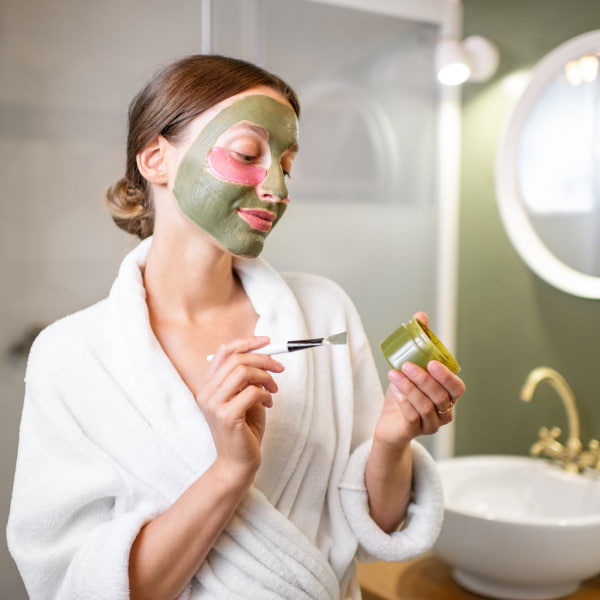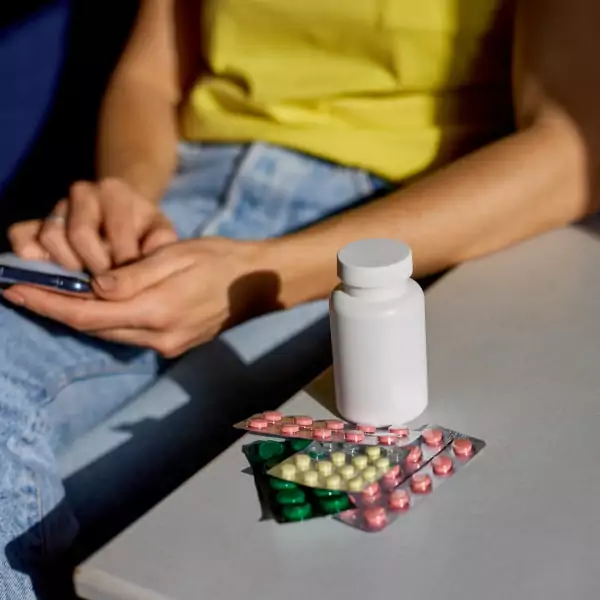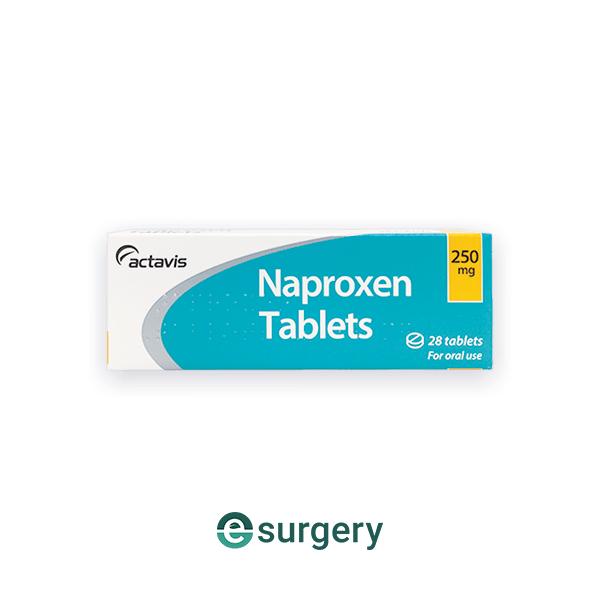
If you’re new to skincare, you may have heard the term “skin purging” before. But what does it actually mean? How long does purging last? And more importantly, is it something you should be worried about? In this blog post, we’ll answer all your questions about skin purging, including what causes it and how to tell if it’s happening to you. We’ll also provide some tips on how to deal with skin purging if it happens to you. So keep reading to learn more!
Acne Overview
Acne is a skin condition that occurs when the hair follicles become clogged with dead skin cells and oil from the skin. The most common cause of acne is excess oil production, but it can also be caused by hormonal changes, certain medications, and even diet.
Acne can range from mild to severe, and while it is most commonly seen in teenagers, it can affect people of all ages. (1)
What is skin purging?
Skin purging is a process whereby dead skin cells are forced to the surface of the skin at an accelerated rate. This can happen when you start a new acne treatment, specifically those containing retinoids.
Retinoids are Vitamin A derivatives that help to unclog pores, boost collagen production, and speed up cell turnover. When starting a retinoid-based treatment, you may experience an initial outbreak of acne as your skin purges itself of all the accumulated dirt and oil. (2)
How long does purging last?
Skin purging is said to last 4-6 weeks, however, everyone’s skin is different (2). This is only temporary and will eventually subside as your skin adjusts to the new treatment.
In the meantime, it is important to cleanse gently and avoid picking at your skin, as this can cause further irritation. With time and patience, your skin will clear up and look healthier than ever before.
What to do during the skin purging phase?
There are a few skincare steps you can do to help ease the purging process (2):

- Use a gentle cleanser: Avoid harsh scrubs or cleansers that can irritate the skin. Instead, opt for a gentle, non-abrasive cleanser that will help to remove impurities without stripping away the skin’s natural oils.
- Apply a light moisturiser: Keeping the skin hydrated will help to reduce irritation and redness. Look for a light, oil-free moisturiser that won’t clog the pores.
- Use a sunscreen: Skin purging can make the skin more sensitive to the sun, so it’s important to use a sunscreen with an SPF of 30 or higher. We do not recommend the use of sunbeds, especially is you are using acne medication such as Lymecycline as it can be very harmful to your skin.
How to avoid skin purging?
You can avoid skin purging through the following steps:
- In the first week, use the retinoid twice.
- In the second week, use the retinoid three times.
- Gradually build up the frequency of using the retinoid daily.
What is the difference between skin purging and a breakout?
Skin purging is the process by which newly formed blemishes come to the surface of your skin. This is usually a result of using new products or treatments that stimulate cell turnover, such as retinoids, glycolic acid peels, and certain acne medications.
While it can be frustrating to deal with purging, it’s actually a sign that the product is working and that your skin is adjusting to the new treatment. A purge also disappears faster than a breakout.
Breakouts, on the other hand, are not caused by new products or treatments. Breakouts occur when there is a build-up of dirt, oil, and dead skin cells that clog pores and provide a breeding ground for bacteria. Common triggers include stress, hormonal changes, and dietary imbalances. (2)
What are some medications for skin purging?
Below are some effective skin purging treatments:
- Lymecycline capsules: Lymecycline is an antibiotic that is used to treat acne. It belongs to a class of drugs known as tetracyclines, which work by inhibiting the growth of bacteria. It works by reducing the production of sebum, which helps to prevent the blockage of pores.
- Treclin gel: Treclin gel is a topical medication that is used for the treatment of acne. The active ingredients in Treclin gel are Clindamycin, an antibiotic and Tretinoin, which is a form of vitamin A. Treclin gel works by increasing the turnover of skin cells, which helps to unblock pores and prevent the formation of new pimples. Treclin gel also has anti-inflammatory properties, which can help to reduce redness and swelling.
- Differin gel: Differin is a topical medication that is often used to treat acne. It contains adapalene, a type of retinoid that helps to unclog pores and regulate cell turnover. In addition, Differin can also help to reduce inflammation and redness.
- Acnecide gel: Acnecide gel is a type of acne treatment that helps to unclog pores and prevent breakouts. The gel contains benzoyl peroxide, which is a powerful ingredient that works to kill the bacteria that can cause acne. Acnecide gel also helps to exfoliate the skin, removing dead skin cells that can clog pores and lead to breakouts. (3)
Before starting any treatment, let your GP know so that possible cross medications issues can be avoided.
Can I get acne medications online?
Yes, you can get acne medications from e-Surgery. The online pharmacy is reputed and registered and offers quick, safe, and discreet doorstep delivery.

Sources
- Acne | NHS
- How to Tell If Your Skin Is Purging or Breaking Out | Healthline
- Does Acnecide Work? Results And Side Effects | E-Surgery Health Hub
Further Reading
- The Secrets to Deciphering — and Stopping — Skin Purging | Healthline
- What to know about skin purging | Medical News Today
- Skin Purging Or Acne? | Skin Kraft












